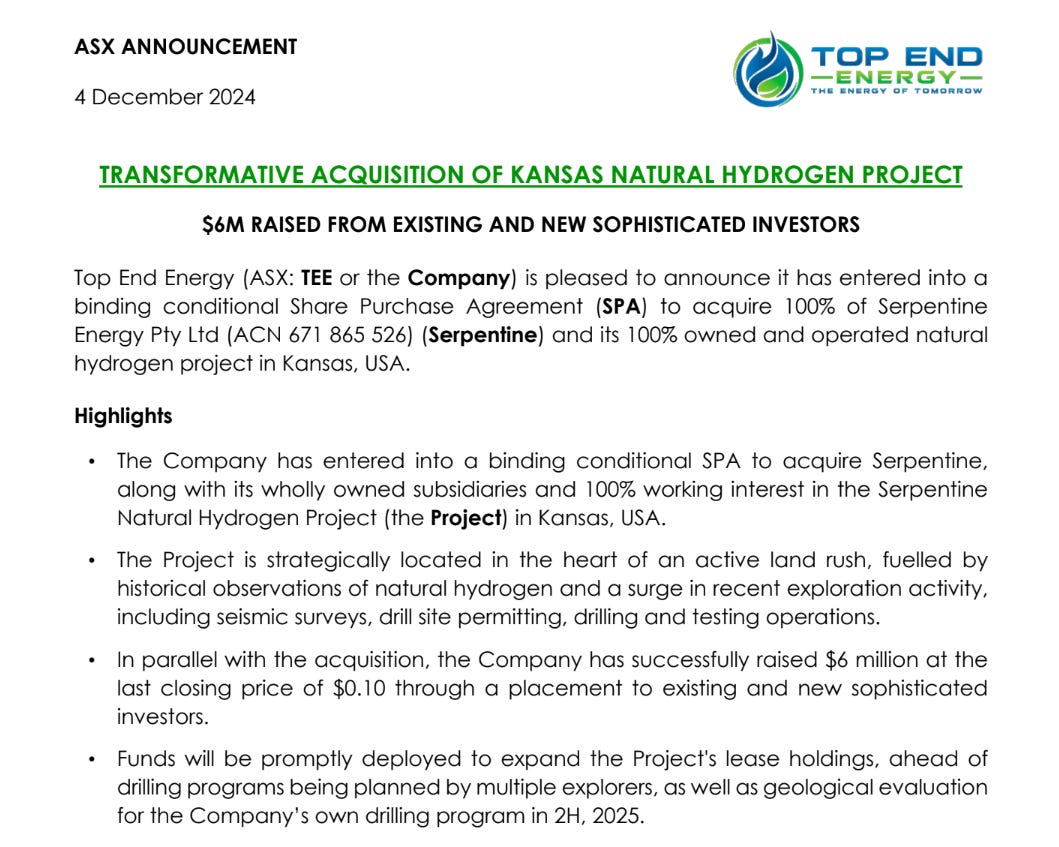Aus Market Holds Firm Amid Global Market Fluctuations
Wednesday yielded a moderately flat market due to significant increases in energy stocks, which compensated for the underperformance of healthcare shares. Ongoing losses on Wall Street cast a pall over enthusiasm for the ASX during the morning, putting Australian securities on an anticipated downward trend following a near 1% drop on Wall Street overnight. Surprisingly, the S&P/ASX 200 finished with a slight growth of 0.3%, or 26.9 points, closing at 8178.3. The market witnessed a rise in nine out of eleven sectors, demonstrating resilience despite the global cues.
The Australian dollar was valued at US64.85¢ at the end of the day’s trading, contributing to the economic indicators for the day. Energy emerged as the top-performing sector with a sturdy climb of 2.1%. This particular sector was dominated by Ampol, showing a 2.8% rise, and was closely followed by impressive growth numbers from Santos (2%), Woodside (1.7%), and Yancoal (1%). Mercury NZ, the energy and telecom firm, capped off its day with an excellent 3.4% jump.
The real estate and consumer discretionary sectors also added positive notes to the trading day, both recording 0.8% growth. The buy now, pay later company, Zip Co, was the star performer of the top 200, with a remarkable 13% rally, closing at $1.83 per share. The company made headlines by declaring an anticipated doubling of earnings for this fiscal year.
There was more good news in store for the aviation world with Qantas ending the day with a 3.3% rise in stock price. On the other hand, financial giants delivered mixed performances. The National Australia Bank (NAB) and Australia and New Zealand Banking Group (ANZ) demonstrated growth, with NAB reaching 1.6% and ANZ closing up at 0.5%.
The scenario was not equally rosy for Commonwealth Bank and Westpac, which experienced a dip of 0.5% and 0.1% respectively. Exceptionally, Macquarie managed to overcome a challenge, climbing by 1% even as ASIC called for the appointment of an independent expert to audit the bank’s futures dealing and over-the-counter derivatives trade.
Wednesday recorded a flip side; the healthcare sector was the most negatively impacted, experiencing a slump of 1.5%. This was largely driven by Telix Pharmaceuticals, down 3.4%, and CSL, down 3%. The information technology sector was the only other area to record a decrement, although the dip was only 0.1%.
The IT downturn was primarily due to the 1% fall of data centre operator NEXTDC, which experienced an unlikely dip despite being the previous day’s top performer. WiseTech Global had a decrease of 0.4%, and Xero also experienced a slip, ending the day 0.3% lower.
The day set a harsh reality for individual stock Lynas Rare Earths, marking a significant 4% drop. It was also an extremely challenging day for tech company NUIX, which suffered a 16% decrease, ending the trading period at $1.99 following the withdrawal of its guidance. Previously, the company had an impressive 52-week high at $7.85.
In contrast, the announcement of forthcoming trade talks between the White House and Beijing officials was a cause for investor optimism. Simultaneously, the central bank of China indicated plans to lower its key interest rate in an attempt to stimulate economic growth.
The forthcoming economic reshaping by the central bank came as NAB economists projected a downward trend of rate cuts over the course of the next year, down to 2.6%. Meanwhile, business confidence experienced a significant drop, falling 9.3 points to 96.7 based on a Roy Morgan study. This decline mirrored a comparable trend observed prior to the 2022 federal election.
China introduced economic measures on Wednesday, which included a cut in its policy rate. It also reduced the reserve requirement ratio, allowing banks to maintain a lower amount of cash in their reserves. This was viewed as a strong move to stimulate its domestic market.
Global markets experienced further fluctuations overnight. Wall Street stocks and bonds experienced unease as more U.S. businesses withdrew their profit forecasts due to the uncertainty caused by Trump’s international tariff conflict. The S&P 500 almost eliminated its losses but still closed with a 0.8 cent drop.
The Dow Jones faced a downward pressure, albeit small, closing with a loss of 1%. Nasdaq was in congruence with the general trend, losing 0.9% at the end of the day. However, the less predictable nature of global markets remained evident with mixed performances across European and Asian markets.
As the day ended, China seemed to be in a favourable position with index rises of 1.1% in Shanghai and a 0.7% boost in Hong Kong, suggesting that in the midst of the global economic fluctuations, some markets managed to find solid ground.

